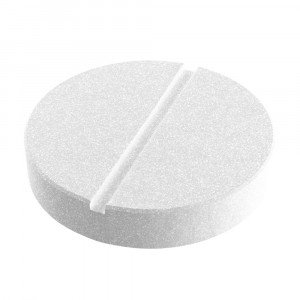 Welcome
Welcome
“May all be happy, may all be healed, may all be at peace and may no one ever suffer."
- A
- B
- C
- D
- E
- F
- G
- H
- I
- J
- K
- L
- M
- N
- O
- P
- Q
- R
- S
- T
- U
- V
- W
- X
- Y
- Z
Estriol (Oral) - Brands
Estriol induces the normalization of the vaginal epithelium and thus helps to restore the normal microflora and the physiological pH in the vagina. As a result, it increases the resistance of the vaginal epithelial cells to infection and inflammation. In comparison to other estrogens, estriol is short acting. In the years just before and after the menopause (which can be natural or surgically induced) estriol can be used in the treatment of symptoms and complaints related to estrogen deficiency. Estriol is particularly used in the treatment of urogenital symptoms.
After oral administration, estriol is rapidly and almost completely absorbed from the gastrointestinal tract. Peak plasma levels of unconjugated estriol are reached within 1 hr of administration. Nearly all (90%) estriol is bound to albumin in the plasma and unlike other estrogens; estriol is hardly bound to sex hormone-binding globulin. The metabolism of estriol consists mainly of conjugation and deconjugation during enterohepatic circulation. Estriol, a metabolic end product, is mainly excreted via the urine in the conjugated form. Only a small fraction is excreted via the feces, mainly as unconjugated estriol.
To be happy, beautiful, healthy, wealthy, hale and long-lived stay with DM3S.
